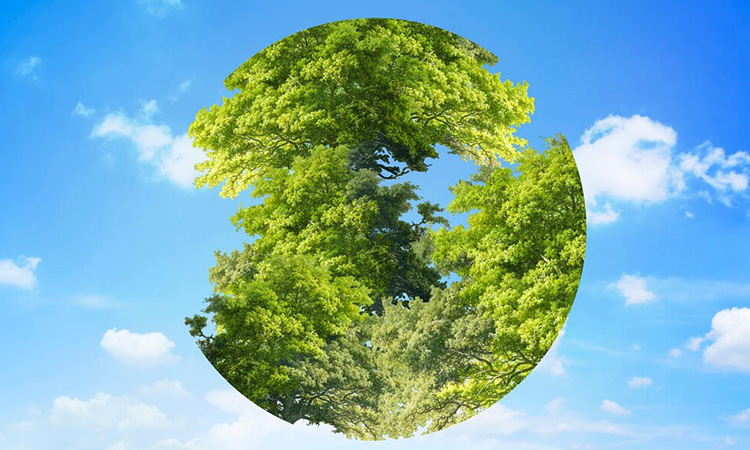Carbon dioxide (CO2) absorption is a natural process critical to the balance of our planet’s ecosystem. It involves the uptake of CO2 from the atmosphere by various natural elements, playing a key role in mitigating the effects of global warming and climate change. This article explores the mechanisms and importance of carbon dioxide absorption in different natural systems.
The Process of Carbon Dioxide Absorption
Carbon dioxide absorption occurs through several natural processes:
- Photosynthesis: Plants, algae, and certain bacteria absorb CO2 from the atmosphere during photosynthesis, using it to produce energy and releasing oxygen as a byproduct. This process is fundamental in reducing atmospheric CO2 levels.
- Oceanic Absorption: Oceans are the largest natural carbon sink, absorbing about a quarter of the CO2 emitted by human activities. CO2 dissolves in seawater, where it is used by marine organisms or stored as carbonate sediments.
- Soil Sequestration: Soils also play a significant role in CO2 absorption. Organic matter in soil, such as decaying plant and animal material, stores carbon that has been absorbed from the atmosphere.
Importance of Carbon Dioxide Absorption
The absorption of CO2 is crucial for several reasons:
- Climate Regulation: By absorbing CO2, natural sinks help to regulate the Earth’s climate, preventing the greenhouse effect from escalating and causing extreme climate changes.
- Ecosystem Health: Healthy ecosystems that efficiently absorb CO2 are vital for biodiversity, as they provide habitats for numerous species and maintain ecological balance.
- Human Health and Agriculture: Reduced atmospheric CO2 levels can lead to cleaner air quality, which is beneficial for human health. Additionally, efficient CO2 absorption is essential for agricultural productivity.
Enhancing Carbon Dioxide Absorption
To enhance the natural absorption of CO2, several strategies can be adopted:
- Reforestation and Afforestation: Planting trees and restoring forests are effective ways to increase photosynthesis and sequester more CO2.
- Ocean Protection: Protecting ocean ecosystems ensures the continued absorption of CO2 by marine life and prevents ocean acidification.
- Sustainable Soil Management: Practices like organic farming, cover cropping, and reduced tillage can enhance soil’s ability to sequester carbon.
- Reducing CO2 Emissions: Alongside enhancing absorption, reducing overall CO2 emissions is crucial in managing global carbon levels.
Carbon dioxide absorption is a critical process in maintaining the Earth’s ecological balance. Understanding and supporting the natural systems that absorb CO2 are vital steps in combating climate change and protecting our planet for future generations.
Next On Your Reading List:


